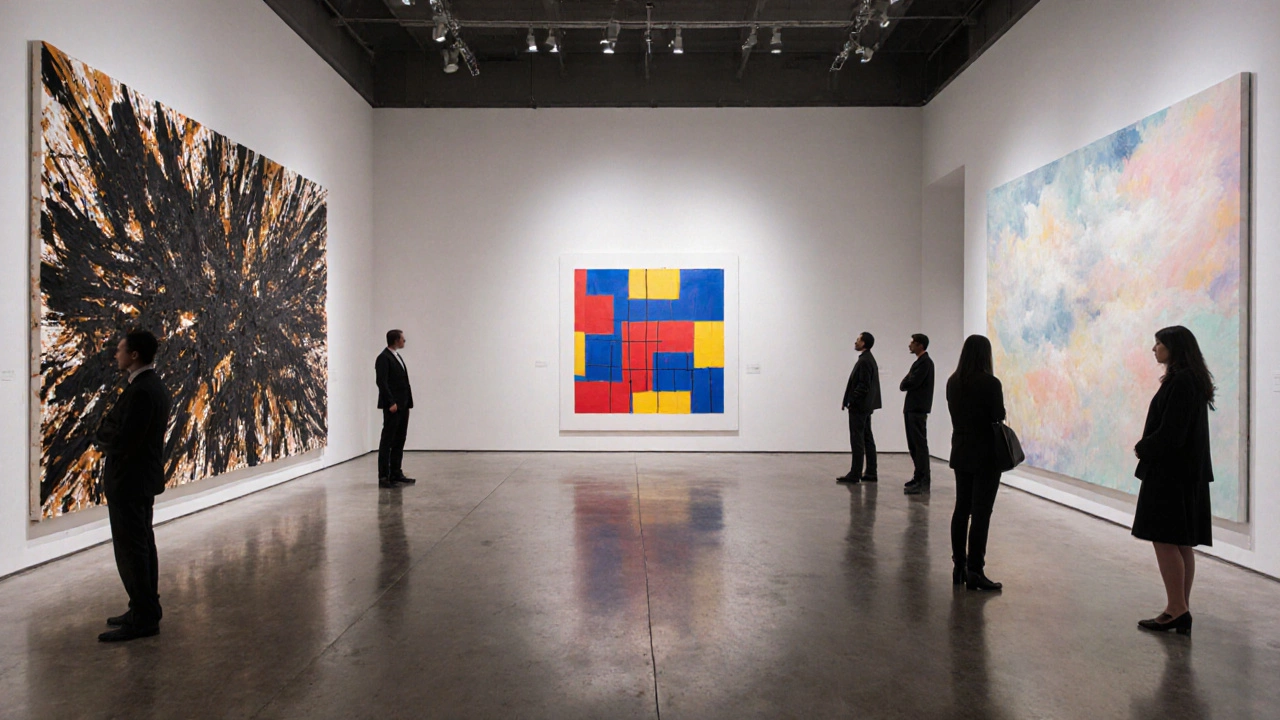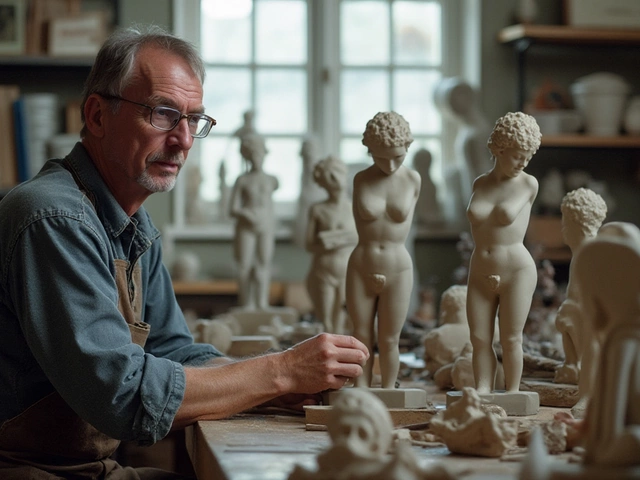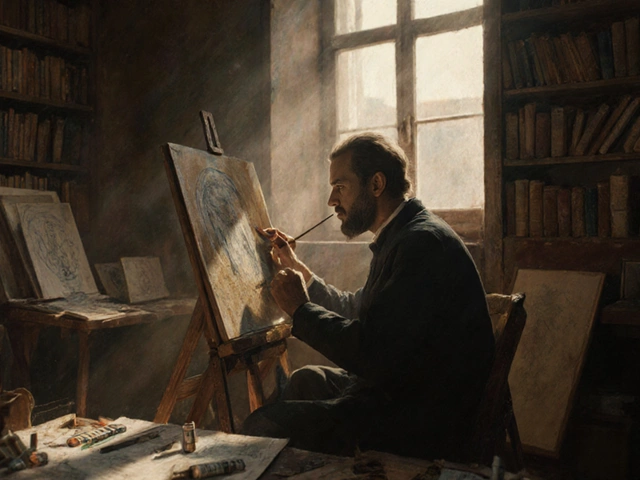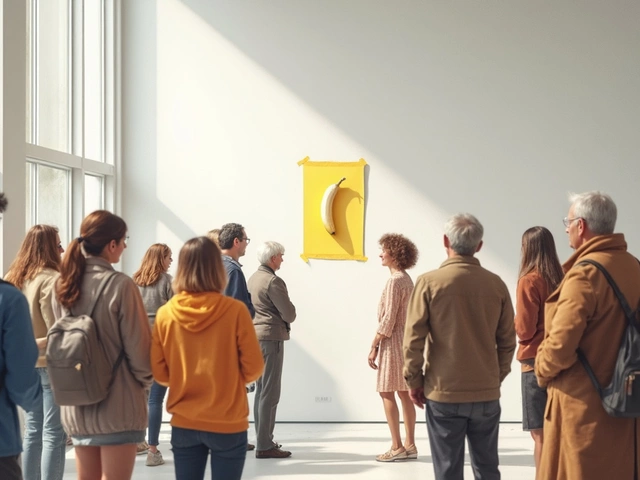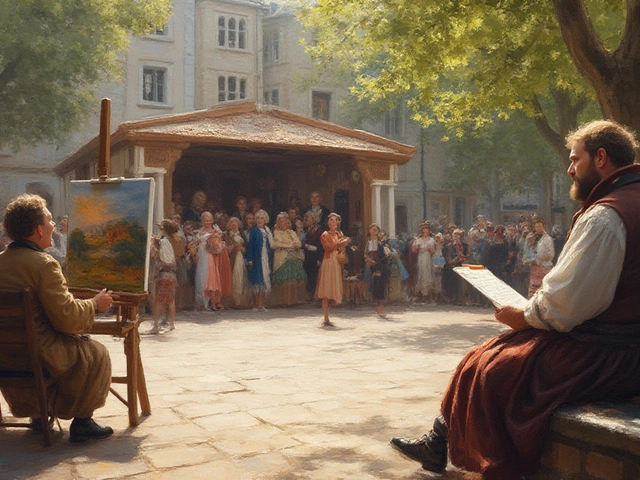Abstract Expressionism
When exploring abstract expressionism, a post‑World War II movement that foregrounds spontaneous, gestural creation. Also known as AE, it emerged as a reaction to the rigidity of earlier styles. The movement abstract expressionism encompasses abstract art, a broad category that values non‑representational forms, but pushes further by demanding the artist’s physical engagement with the canvas. It requires gestural brushwork, rapid, energetic strokes that record the act of painting itself, turning the process into the final product. This approach bridges modern art, early‑20th‑century experiments that broke with academic tradition and the later contemporary art, current practices that often reference historical movements. As a result, abstract expressionism influences today’s studio practices and museum narratives.
Key Techniques and Influential Figures
One of the hallmark methods is action painting, a technique where the artist’s movements become visible marks on the surface. This technique was popularized by Jackson Pollock, the iconic drip painter whose floor canvases redefined spatial composition. Pollock’s process illustrates a semantic triple: "Jackson Pollock influences abstract expressionism" and "abstract expressionism requires action painting". Another key figure, Willem de Kooning, merged figurative hints with aggressive abstraction, showing how the movement can blend representation and pure gesture. The emphasis on materiality also leads artists to experiment with unconventional supports, from industrial panels to raw canvas primed only on one side. These choices reinforce the triple: "abstract expressionism embraces unconventional materials". By studying these techniques, learners can see how the movement’s focus on immediacy translates into tangible decisions in the studio.
Today, abstract expressionism remains a touchstone for anyone who wants to understand the shift from modern to contemporary art. Its legacy appears in gallery talks, curriculum modules, and online workshops that stress personal expression over strict adherence to subject matter. Readers will find articles that unpack the movement’s history, compare it to related styles like abstract art and modern art, and profile the artists who shaped its direction. Whether you’re a beginner curious about the basics or an advanced painter looking to integrate gestural methods, the collection below offers practical insights, historical context, and actionable tips that connect the past to your present practice. Dive in to see how the ideas of spontaneous brushwork, action painting, and emotional intensity still resonate across today’s artistic landscape.
Three Main Types of Abstract Art Explained
Discover the three main types of abstract art-Abstract Expressionism, Geometric Abstraction, and Lyrical Abstraction-and learn how to identify, compare, and collect them.
Continue Reading